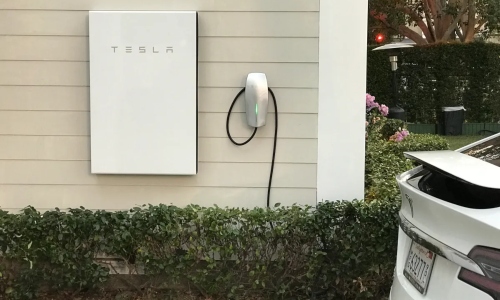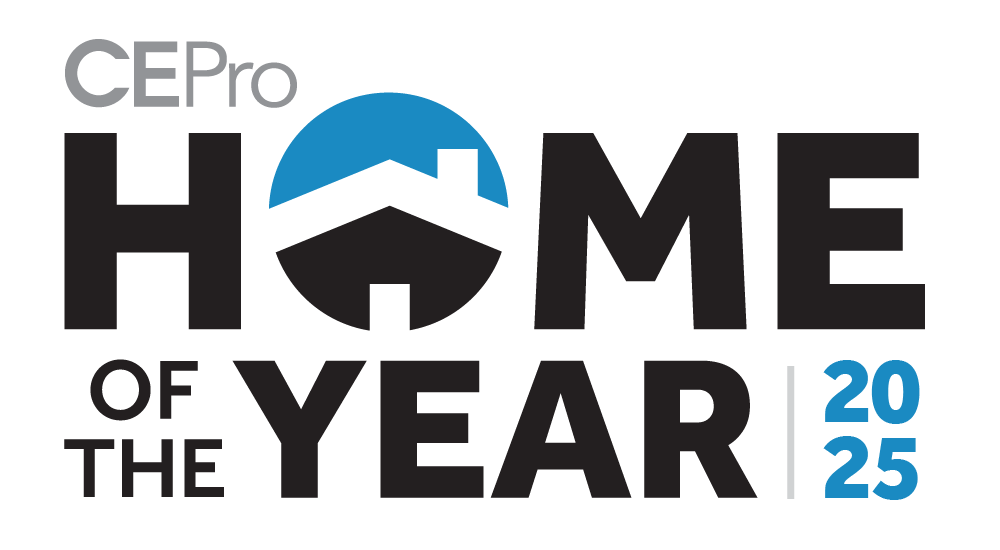With going green becoming a big trend in home owning, there are a lot of options for your client on how to generate and help with power. The Tesla Powerwall from business magnate Elon Musk is hyped as one of the next big steps to building a zero-emissions home. But you might be asking: what is it? Can I sell and install it? And, most importantly: should I buy the Powerwall for my clients?
What Does the Powerwall Do?
The Tesla Powerwall is marketed as a “rechargeable lithium ion battery with liquid thermal control” and is aimed at the residential energy storage market.
So is a battery designed for day to day usage for a home a good way to help take control of your energy bill? The Tesla Powerwall is ideally designed to be paired with a solar array. It can be powered when the solar panels produce more than your usage and can be drawn from at night when the solar panels are off.
Does this mean your clients should buy the Powerwall and ditch the grid altogether? No. Full energy independence is not possible with a standard system.
The average home is uses 10,000 kWh per month. A single Tesla Powerwall 2.0, which runs around $5,500, is only meant to store enough power for a few hours, ideally on cloudy days or at night. So it would take a significantly larger investment for your clients to have enough power to live off the grid for several days or weeks. In addition, solar panels would only recharge the battery on a clear days when the sun is at its apex.
Another consideration is the diminishing capacity of the Powerwall. Over time, just like all batteries, the Powerwall will lose its capacity as it charges and drains over and over again. Therefore, the battery has a limited lifespan and will lose its ability to hold a charge. Tesla offers an unlimited 10-year warranty, but it is a costly proposition to have to replace the unit every 10 years.
How Much Does it Cost to Install?
The $5,500 price point does not include your installation fees. Tesla claims installation costs should run between $800 and $2,000 depending on market location and labor rates.
Plus, remember the Powerwall is designed to be installed in combination with a 5 kWh solar panel array (only half the monthly usage needs for a typical U.S. home). Whether an integrator installs that on his own or partners with an electrician, it will run your customers between $8,500 and $16,000 depending location, according to the website Energy Sage.
Let’s do the math before we answer the question of whether or not you should buy a Powerwall.
The installation of a single Tesla Powerwall 2.0 with a solar array can cost as little as $14,800 and as much as $23,500, with a seemingly 10-year lifespan for the battery portion, meaning an incremental $7,000 cost each decade (if your clients plan to live in their home that long).
When you sit down with your clients, they need to know exactly how much they spend per month in electricity to calculate the ROI. The average monthly electricity bill in the U.S. is $114.03, according to the U.S. Energy Information Administration. But remember, the average home uses 10 kWh per month, so that means to go totally off the grid a home would need to spend $17,000 to $32,000 on solar arrays.
So, in total, it could take about 28 years to payback the cost of a full installation. Of course, utility rates will continue to rise so that would conceivably reduce the ROI time. But, that does not account for the possibility that the Powerwall might need to be replaced, since it is a battery after all.
So Should I Buy a Tesla Powerwall for My Client?
Twenty-eight years is a substantial amount of time for a return on investment such as that. Just looking at solar panels, most installations are looking at a six to 10 year turnaround time for investments, so unless your client plans on living in that house for the next thirty or so years, it’s hard to say they’ll be able to make their money back on the purchase, especially if they need to replace the battery every 10 years.
A lot can cut into the costs, however. For instance, government rebates could eat into the base cost. Also, if the client already has a solar array installed, that can be removed from the equation as well, making it a lot easier to recoup the cost should they opt to buy the Powerwall.
You may not want to look at it as something that you’ll every be able to recoup your losses on, however. For many, the installation of an energy storage system like the Powerwall is all about providing resilience against potential grid outages.







